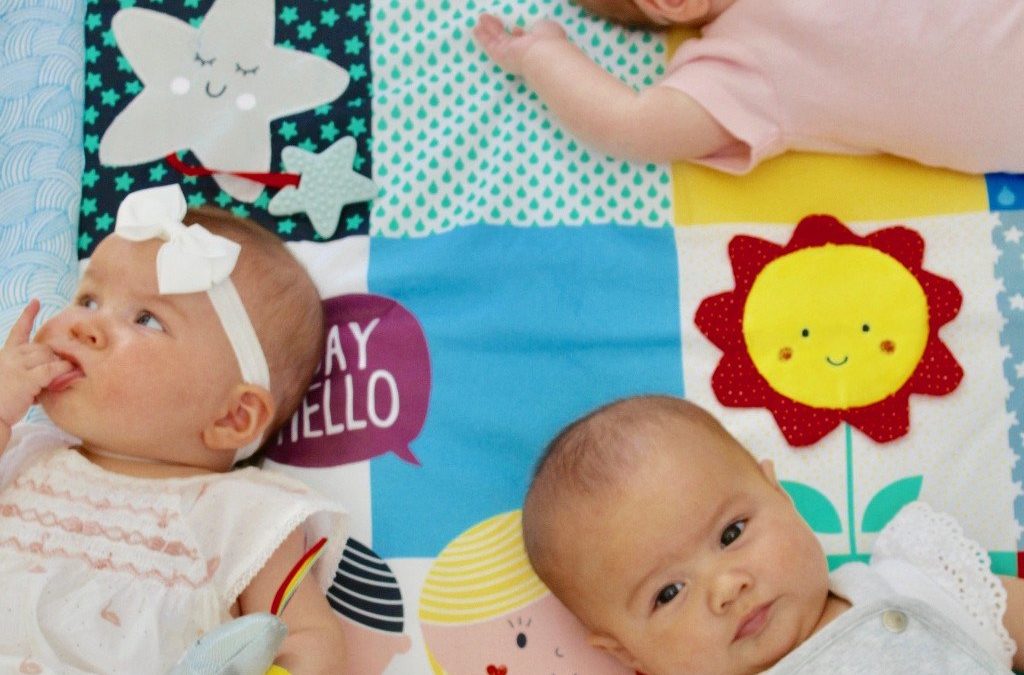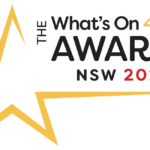Baby’s first Christmas is a very special time for parents. It is also an exceptionally sensory time of year for babies. The lights, the decorations, new toys, sound and textures and the excitement associated with them, make Christmas a magical time for babies!
Choosing toys for babies at Christmas time is great fun, especially with so many different products to choose from. However, deciding which toy will keep them
happy, interested, busy and stimulated can be difficult. As a starting point, the toy should be age and stage appropriate and purchased from a reputable supplier.
Importantly, any gift that is given to the baby, whether it is brand new, homemade or second-hand must not contain small parts that could present a serious choking hazard. If it fits through a kitchen roll cylinder then it is not safe. Toys that have long cords should also be avoided, as they can cause strangulation. Toys should be securely made and without beads, buttons, magnets or batteries that could be life-threatening if swallowed.

Gift Ideas for Babies
Newborn to 3 months
Newborn babies enjoy looking at black and white objects and bright, colourful toys. They are also attracted to things that move or make soft gentle sounds. Here are a few present ideas that will capture their attention and aid development:
- Cot mobiles (remove the mobile once the baby learns to sit up)
- Tummy time play mat
- Musical toys
- Pictures with high-contrast graphics, bright colours, or black-and-white patterns
- Soft toys with large eyes and happy faces
- Rattle toys.
There are some beautiful Christmas songs and lullabies, which are perfect for helping newborn babies to relax and drift into peaceful sleep. Classical music, rhythmic melodies and the music and songs of their own culture will also stimulate their interest and invite parental interaction.
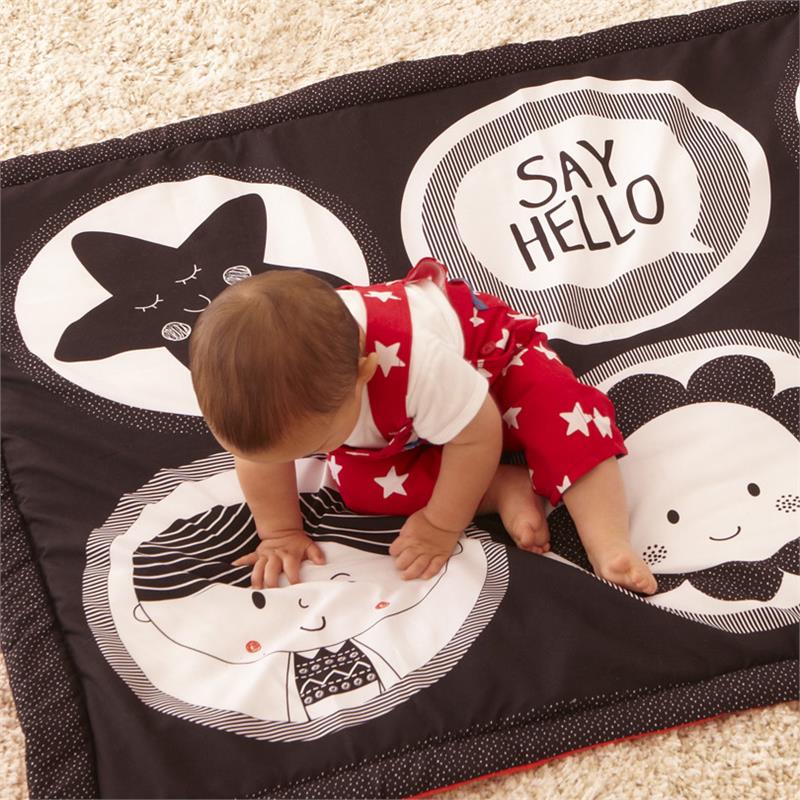
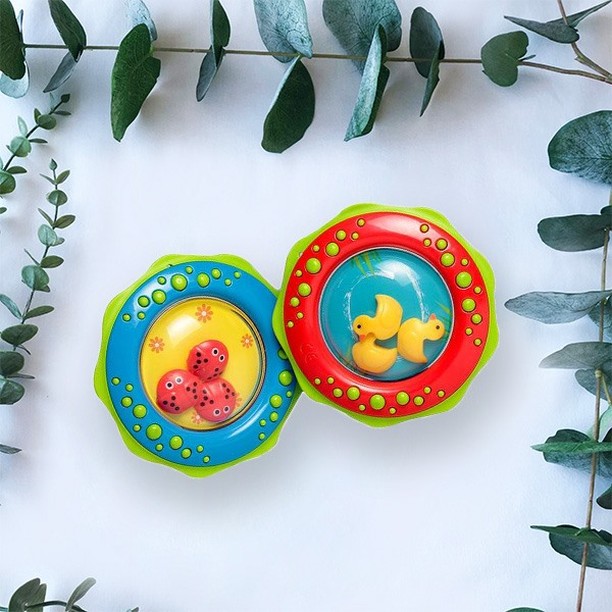
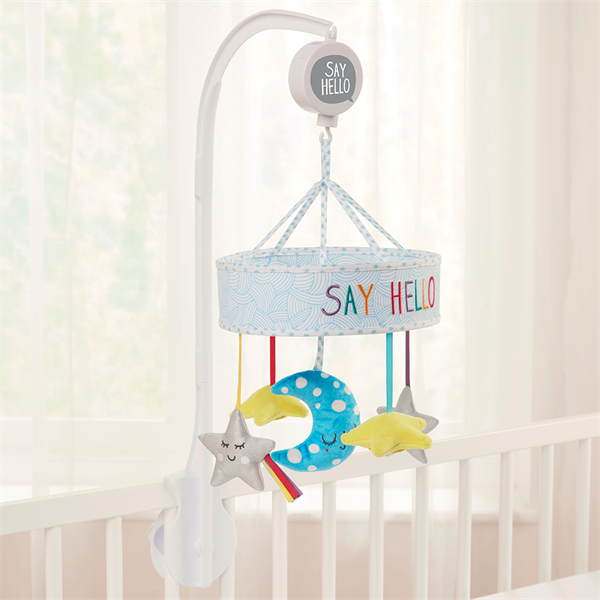
3 – 6 months
Babies between three and six months of age may be able to reach out and grasp things with their hands. They may be able to hold their heads up, roll over or sit up with support. Favourite toys often include objects that can be held, biffed, kicked or dropped. Examples might include;
- Brightly coloured toys that can be attached to the pram
- Play gym or activity centre
- Textured play mat
- Books with mirrors, faces and bright colours
- Toy telephone
- Giggle ball
- Teething toys
Toys that move and make sounds provide amusement and encourage babies to exercise. Babies that are learning to sit up enjoy toys with buttons to push or press. Generally, toys that can be gripped, squeezed or mouthed will be popular with this age-group.
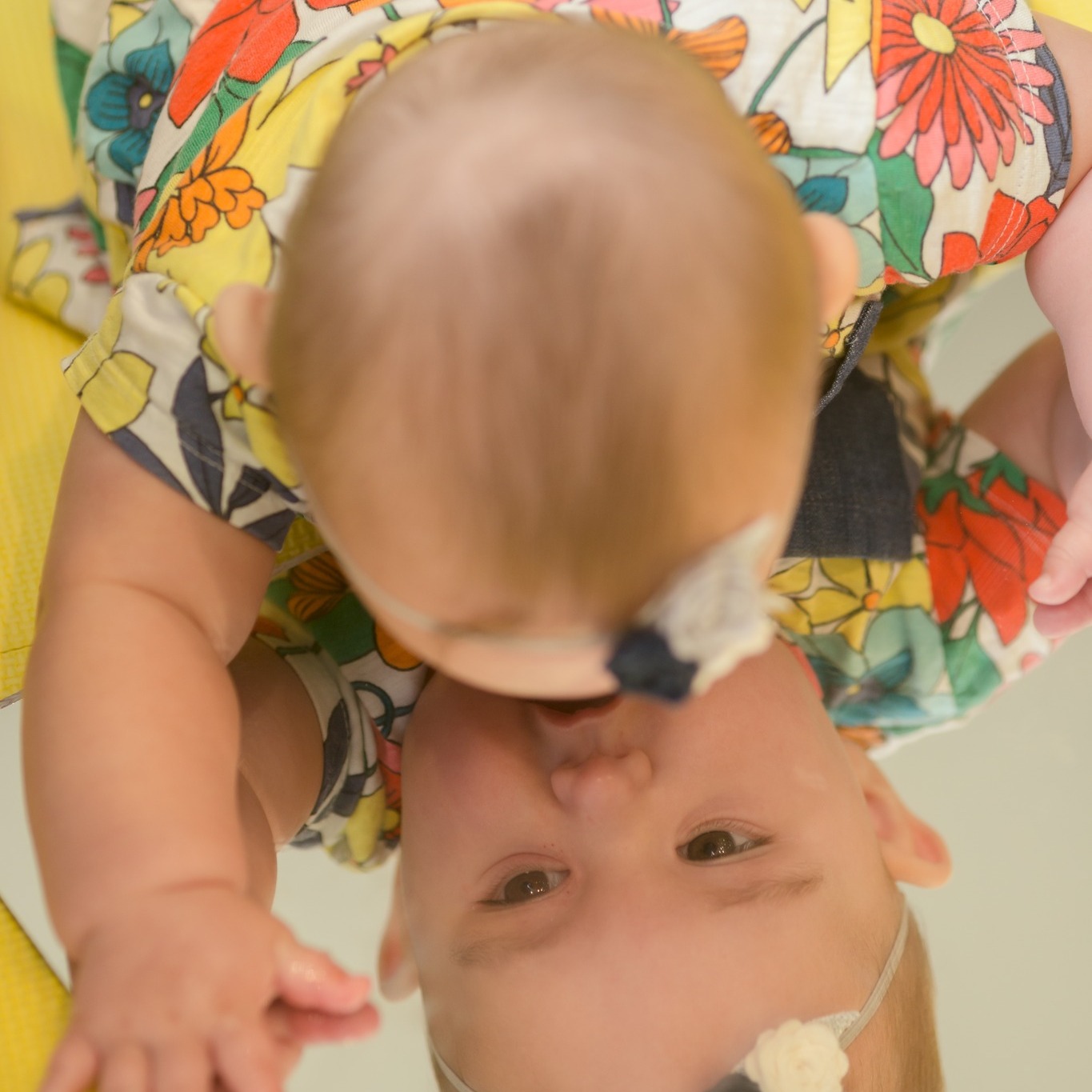
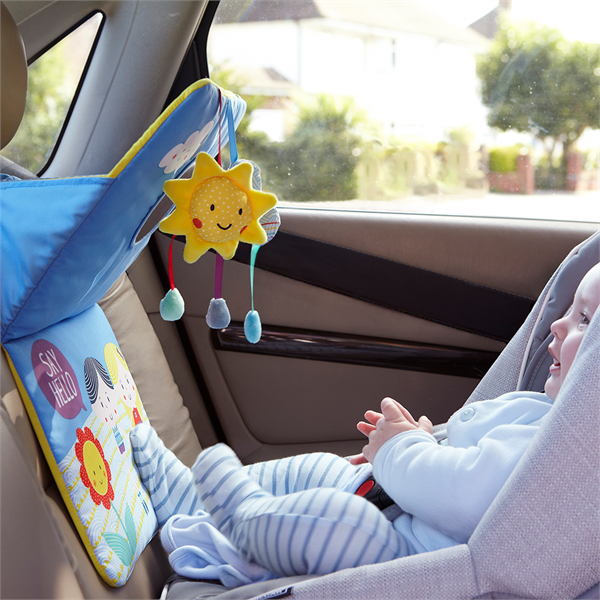
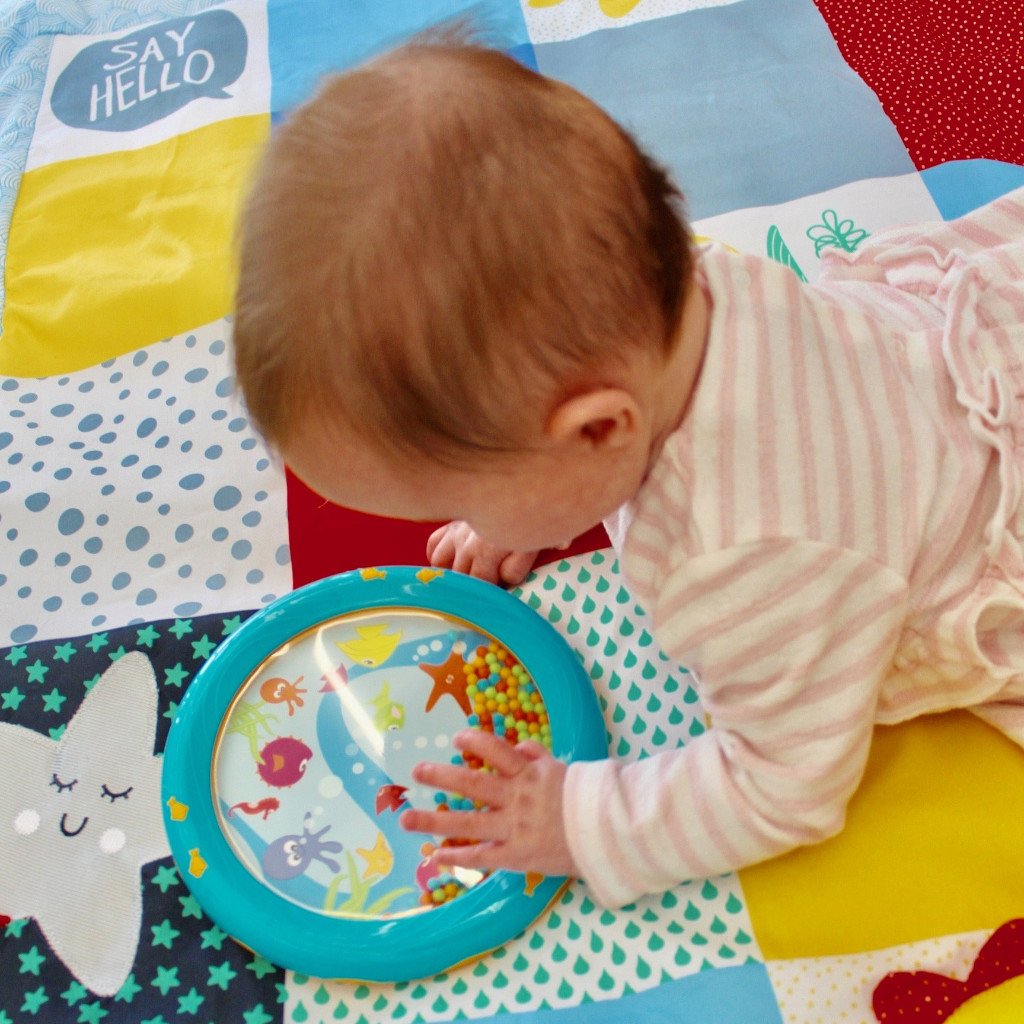
6 to 9 months
From 6 to 9 months of age, most babies can sit up unsupported for an extended period of time. Some babies may have started to crawl. The following toys will help to lead their learning and development forwards:
- Pop-up toys
- Activity tables
- Musical instruments
- Large plastic animals
- Toys that can be pushed or pulled
- Toys with mirrors
- Balls
A ball will encourage a whole range of mobility skills as well as hand-eye coordination and sensory exploration. Balls that are lightweight, bouncy or make playful sounds can provide an endless source of amusement and fun!
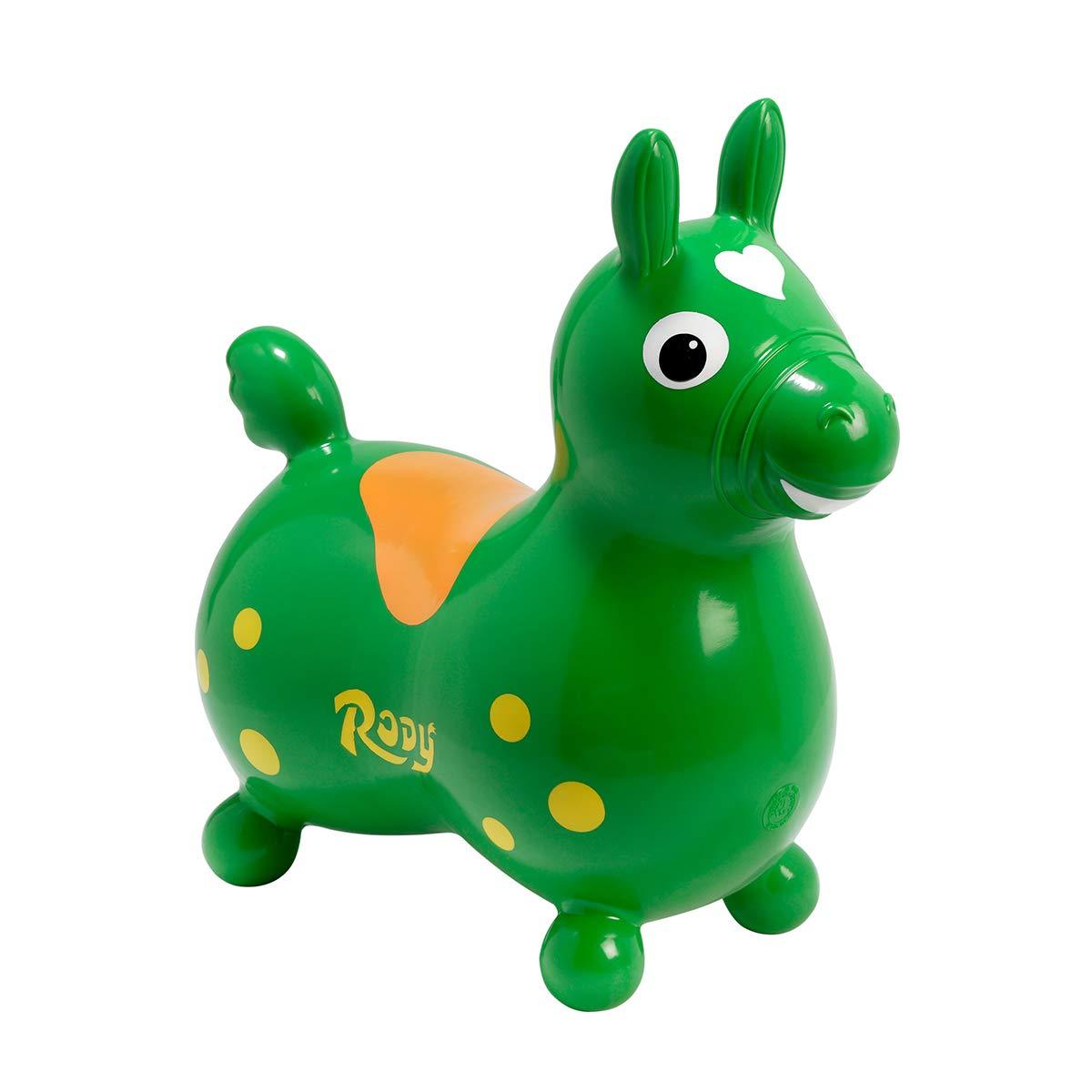
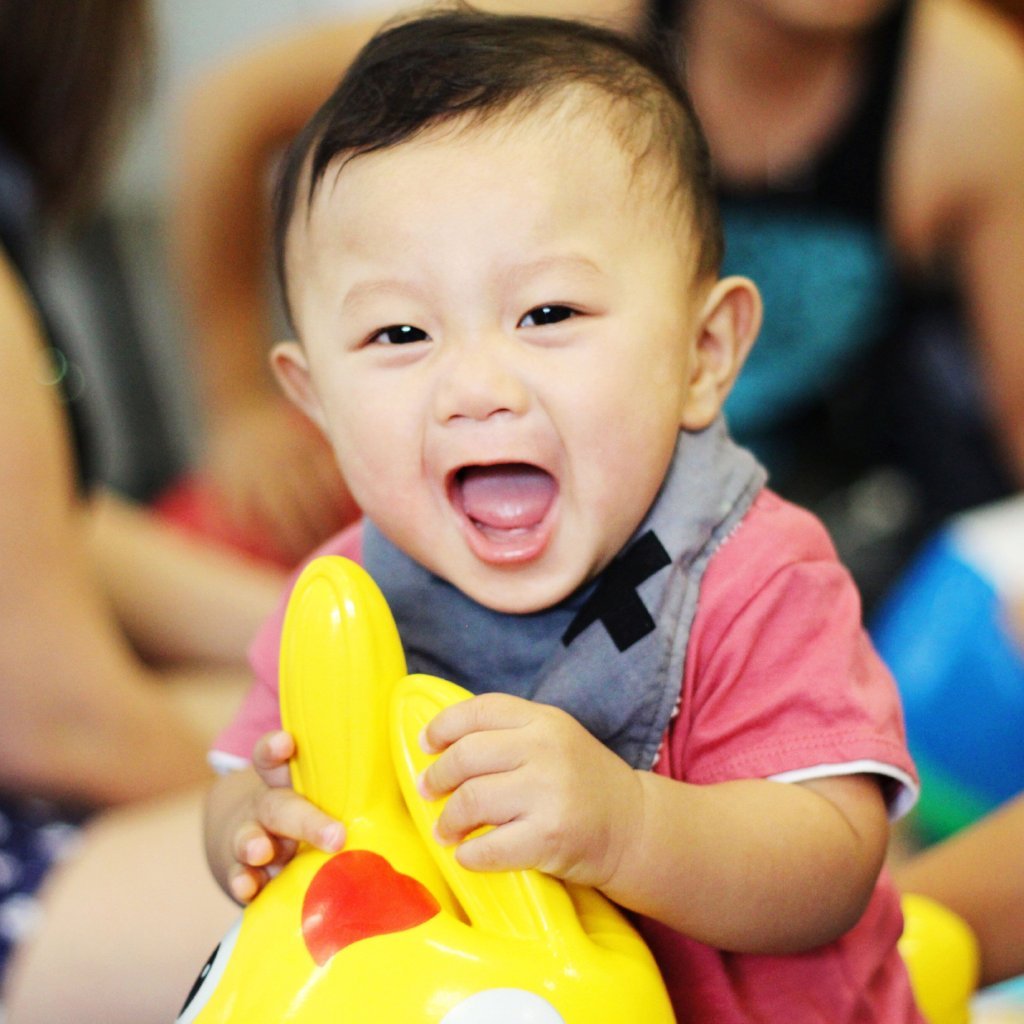
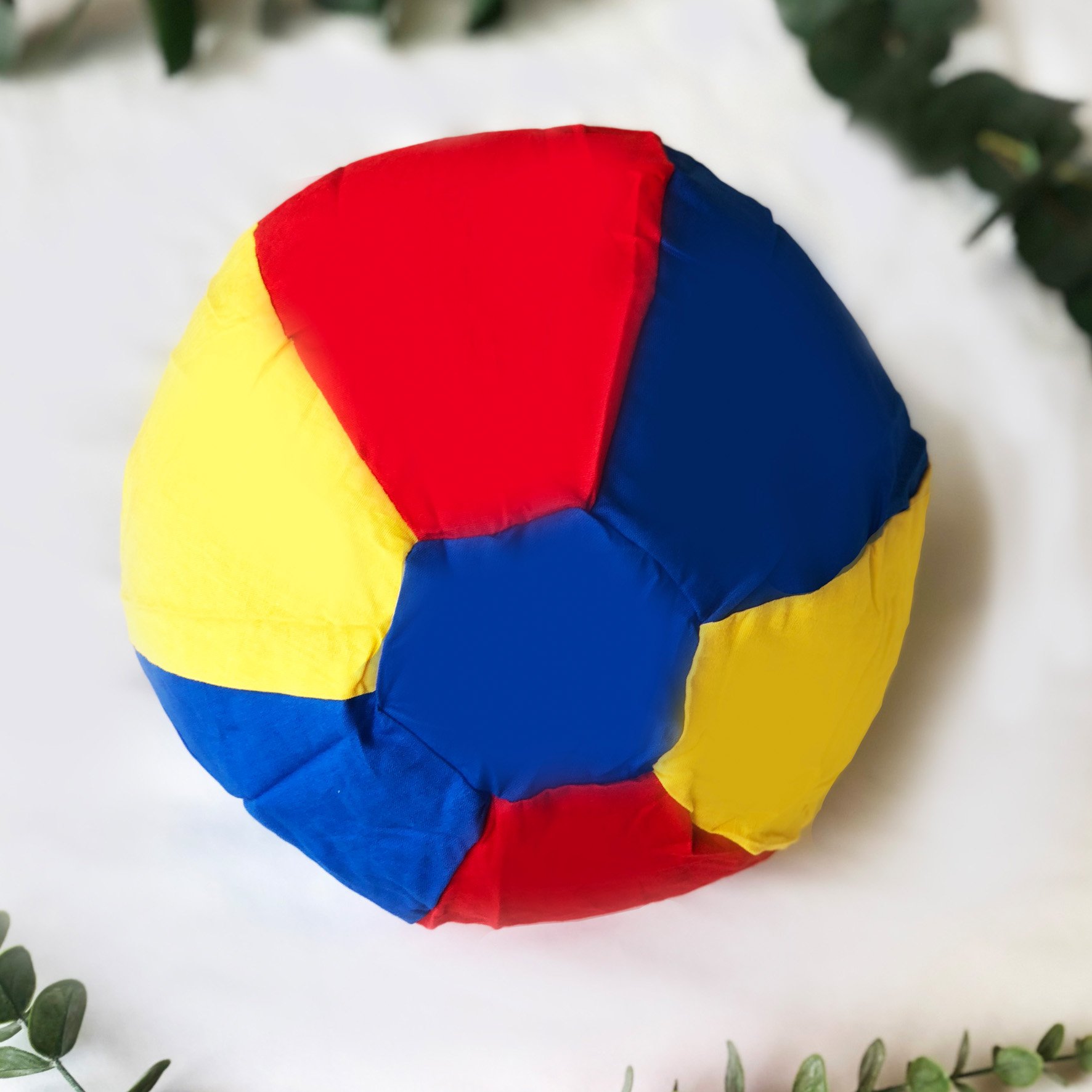
9 – 12 months
Between 9 and 12 months of age, some babies will be crawling and some may be walking. Hand-eye coordination is usually well established at this stage. Babies are amused by toys that they can stack or knock down; they also enjoy putting shapes in holes and making music. The following are both fun and educational for this age-group.
- Push along floor toys
- Strollers
- Shape sorters
- Nesting cups
- Large plastic bricks
- Wooden puzzles with large handles
- Hammering toys
- Large interlocking beads
- Drums
Some babies enjoy playing with bricks while others love puzzles or push-along toys. Very often, it is the simplest toys that offer the best value. Toys that include everything from flashing lights to electronic sounds reduce the potential for
creativity and may be relegated to the bottom of the toy box a few days later.
Safety
Here are some general guidelines to keep in mind when purchasing a toy:
Is it safe?
Is it washable?
Is it non-breakable?
Does it have sharp edges?
Does it have small or loose parts such as glass eyes, wheels or buttons?
Does it have parts that could pinch or trap small fingers?
Does it have strings or cords longer than 7 inches (18cms)?
Is it safe for mouthing?
Will it withstand excessive chewing?
Is the toy too loud? (If held too close to the ears, it could damage hearing)
Toys that can be played with when baby is a little older are always useful. However, ride-on toys, rocking horses and bouncers can lead to accidents if the baby doesn’t have the physical skills to control them. Supervision is critical to keep babies safe. Toys should also be kept off pathways, doorways and stairs to avoid trips and falls and stored safely when not in use.
Classic presents
Some of the best toys are the classic ones that parents had as babies such as bricks, stackers, balls, tea sets and puppets. Babies will enjoy these toys for many years to come. Books are also one of the best toys for babies and it is never too early to introduce them. Some contain textured materials, shiny pages and lots of other sparkly surprises. Three-dimensional books, books with large, brightly coloured pictures and hide-and-seek books that encourage interaction with the parent make great Christmas presents for babies.
For great gift ideas for the baby in your life, with products designed to promote your baby’s learning and development, visit the Baby Sensory Shop.
Written by Dr Lin Day (PhD, M.Phil, PGCE, BSc, Dip Ed, SRN and Senior Associate of the Royal
Society of Medicine), Founder of Baby Sensory and Toddler Sense programmes and one of the UK’s leading parenting experts. A renowned author within the field of childcare and education, Lin has over 35 years of practical experience working with parents and children.

